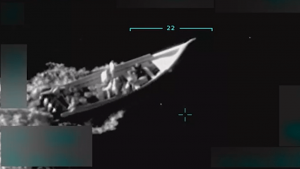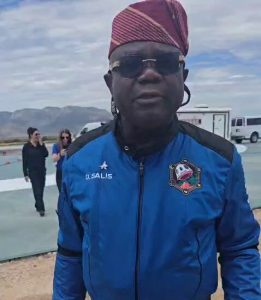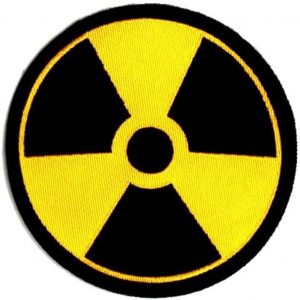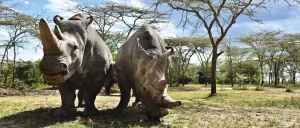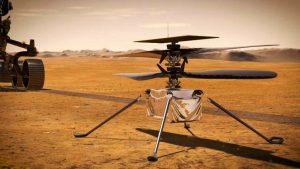NASA’s Double Asteroid Redirection Test (DART) spacecraft was deliberately, crashed into an asteroid on 27 September, 2022 as part of a study to defend the Earth from incoming asteroids that may pose a threat.
The collision was at more than 14,000 miles per hour and shattered the spacecraft on the asteroid.
The targeted asteroid is Dimorphos, a small asteroid, 500 feet in diameter that orbits a half-mile-wide asteroid called Didymos.
The event happened at 6.8 million miles (9.6 million kilometres) from Earth in a first planetary defence test.
Though Dimorphos was harmless, the success of the test, watched live by millions of people on television, is significant to prove that the technology can work.
It took the spacecraft 10 months since launch to align itself and enter the orbit of Dimorphos and achieve the strike which significantly, deflected the asteroid from its orbit.
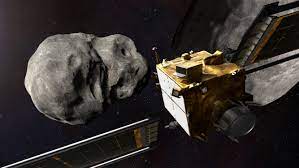
Scientists can only predict an incoming asteroid, place and time of impact, but can do nothing to prevent it from hitting the Earth.
An asteroid, named 2019 PDC, between 330 and 1000 feet in size, will come dangerously close to the Earth on April 29, 2027.
About 66 million years ago, a huge asteroid crashed into the Earth and wiped out the dinosaurs.
On June 30, 1908 an asteroid that made a crater impact of 55 to 66 feet (17 to 20 metres) in diameter hit Tunguska, a remote part of Siberia, with an energy of 500 kilotons, killing 80 million trees in an area of 800 million square miles (2,000 square kilometres).
There is great hope that NASA’s DART will be battle-ready to hit and deflect such threats.
Asteroids are rocky objects of various sizes that are leftover from the formation of our Solar System and are still orbiting the Sun.
The DART project cost NASA 324.5 million dollars.
photo credit: nasa
|
|

